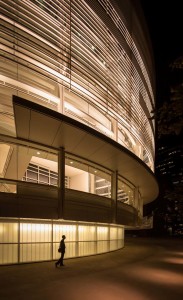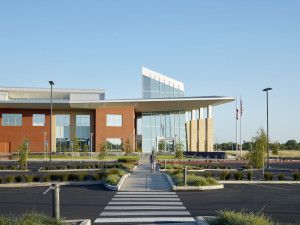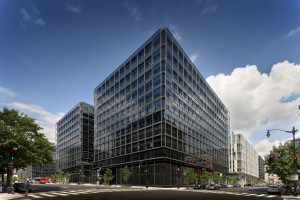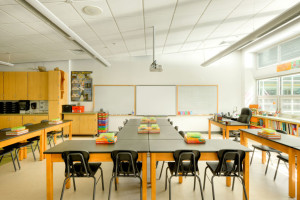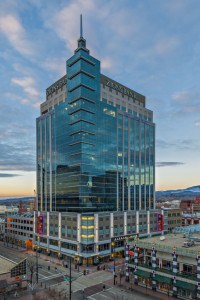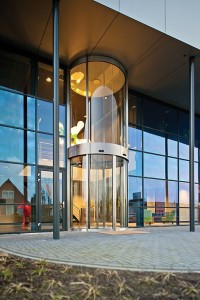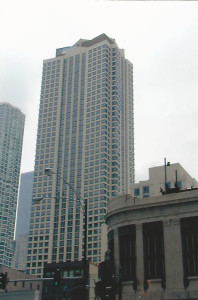Channel glass’ distinctive, self-supporting, U-shape makes it possible for design professionals to use glazing in new ways. The final part in this three-article series examines applications related to durability in the face of high winds, along with energy efficiency and colorfastness.
+ Read More
|
Channel glass’ distinctive, self-supporting, U-shape makes it possible for design professionals to use glazing in new ways. Part two of this three-article series explores aesthetic applications moving beyond simple curves.
+ Read More
|
As design professionals have grown more familiar with channel glass, many now recognize its benefits extend beyond harnessing daylight. The linear channel glass segments provide a depth and profile not found in conventional glazing.
+ Read More
|
Chico, California’s picturesque buttes served as inspiration for the city’s new courthouse, complete with a cupola that pays tribute to the nearby rock formations. Creating a comfortable space in the entry, though, required overcoming several challenges in the design of the building’s steel curtain wall system.
+ Read More
|
Occupants of two office towers in the heart of CityCenterDC in the nation’s capital will enjoy a comfortable work environment thanks to its coating systems.
+ Read More
|
Daylighting is an integral part of architectural design. After all, building occupants want a physical and psychological connection to the outside world. We evolved under sunlight; our Circadian rhythms—governing daily living cycles, influencing our mood, and controlling our sleep patterns—developed in response to a connection to the outdoors.
+ Read More
|
Rising above Boise’s skyline to become the tallest in Idaho, the Eighth and Main building prominently features a unitized glazed curtain wall and sunshades. The $76-million, 18-story mixed-use building opened last February.
+ Read More
|
The built environment is an energy-guzzler. The U.S. Green Building Council (USGBC) states in this country alone, buildings account for 41 percent of energy use, 73 percent of electricity consumption and 38 percent of all CO2 emissions, and 13.6 percent potable water consumption.
+ Read More
|
In this second part on a two-article series on air-loop window walls, the author discusses nine potential problems with traditional exposed and covered slab-edge design and explores how to eliminate the causes of concern.
+ Read More
|
Window walls eventually fail under repeated occurrences of causes like loads, movement, stress fatigue, and the degradation of material properties due to aging. How can one simply anticipate the ‘causes’ and then design to eliminate them in the first place?
+ Read More
|
|
|




